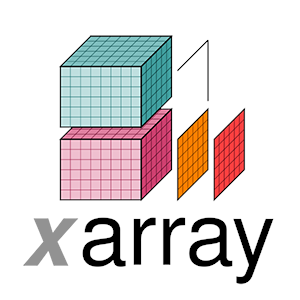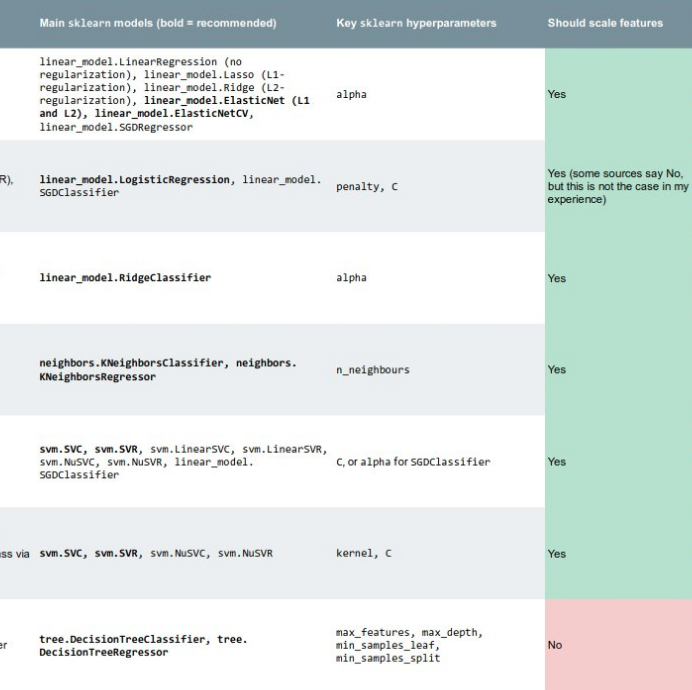Hard things that look easy
/After working on a few data science (aka data analytics aka machine learning) problems with geoscientific data, I think we've figured out the 10-step workflow. I'm happy to share it with you now:
- Look at all these cool problems, machine learning can solve all of these! I just need to figure out which model to use, parameterize it, and IT'S GONNA BE AWESOME, WE'LL BE RICH. Let's just have a quick look at the data...
- Oh, there's no data.
- Three months later: we have data! Oh, the data's a bit messy.
- Six months later: wow, cleaning the data is gross and/or impossible. I hate my life.
- Finally, nice clean data. Now, which model do I choose? How do I set parameters? At least you expected these problems. These are well-known problems.
- Wait, maybe there are physical laws governing this natural system... oh well, the model will learn them.
- Hmm, the results are so-so. I guess it's harder to make predictions than I thought it would be.
- Six months later: OK, this sort of works. And people think it sounds cool. They just need a quick explanation.
- No-one understands what I've done.
- Where is everybody?
I'm being facetious of course, but only a bit. Modeling natural systems is really hard. Much harder for the earth than for, say, the human body, which is extremely well-known and readily available for inspection. Even the weather is comparitively easy.
Coupled with the extreme difficulty of the problem, we have a challenging data environment. Proprietary, heterogeneous, poor quality, lost, non-digital... There are lots of ways the data goblins can poop on the playground of machine learning.
If the machine learning lark is so hard, why not just leave it to non-artificial intelligence — humans. We already learned how to interpret data, right? We know the model takes years to train. Of course, but I don't accept that we couldn't use some of the features of intelligently applied big data analytics: objectivity, transparency, repeatability (by me), reproducibility (by others), massive scale, high speed... maybe even error tolerance and improved decisions, but those seem far off right now.
I also believe that AI models, like any software, can encode the wisdom of professionals — before they retire. This seems urgent, as the long-touted Great Crew Change is finally underway.
What will we work on?
There are lots of fascinating and tractable problems for machine learning to attack in geoscience — I hope many of them get attacked at the hackathon in June — and the next 2 to 3 years are going to be very exciting. There will be the usual marketing melée to wade through, but it's up to the community of scientists and data analysts to push their way through that with real results based on open data and, ideally with open code.
To be sure, this is happening already — we've had over 25 entrants publishing their solutions to the SEG machine learning contest already, and there will be more like this. It's the only way to building transparent problem-solving systems that we can all participate in and, ultimately, trust.
I'm collecting ideas for projects to tackle in the hackathon. Please visit this Tricider question and contribute your comments, opinions, or ideas of your own. Help the community work on the problems you care about.














 Except where noted, this content is licensed
Except where noted, this content is licensed